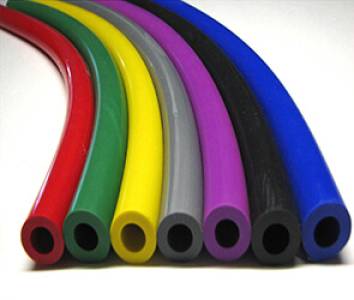
Thermoplastic Rubber (TPR), also known as thermoplastic elastomer (TPE), is a versatile and widely used material offering a unique combination of rubber-like elasticity and thermoplastic properties. This makes it an ideal choice for a vast array of applications requiring flexibility, durability, and ease of processing.
Key Features & Benefits:
Applications:
The versatility of TPR makes it suitable for a wide range of applications, including:
Material Specifications (General - Specifics will vary depending on the formulation):
Choosing the Right TPR:
Selecting the appropriate TPR requires careful consideration of the specific application requirements, including:
Conclusion:
Thermoplastic Rubber (TPR) is a highly versatile material offering a unique combination of properties that make it a valuable choice for a broad spectrum of applications. Its ease of processing, durability, and aesthetic flexibility make it a cost-effective and reliable solution for many manufacturing challenges. For specific technical data and to choose the optimal TPR for your project, consult with a material supplier.